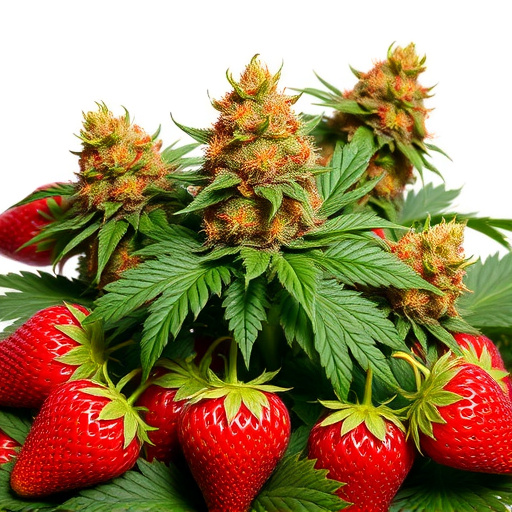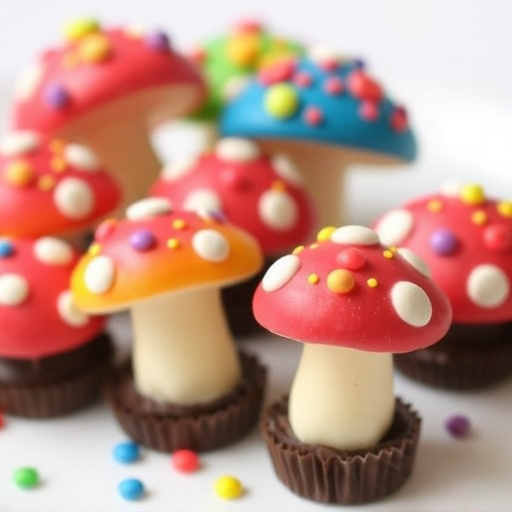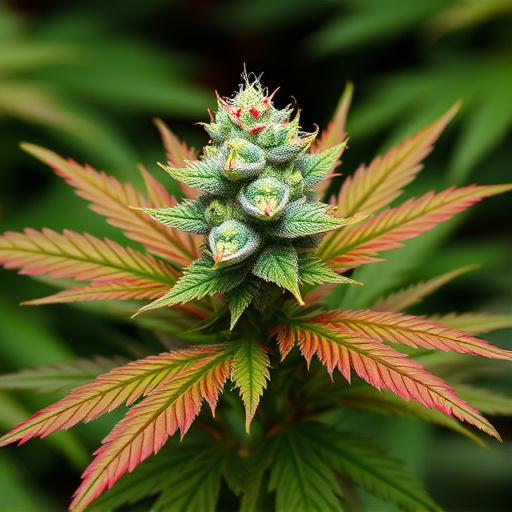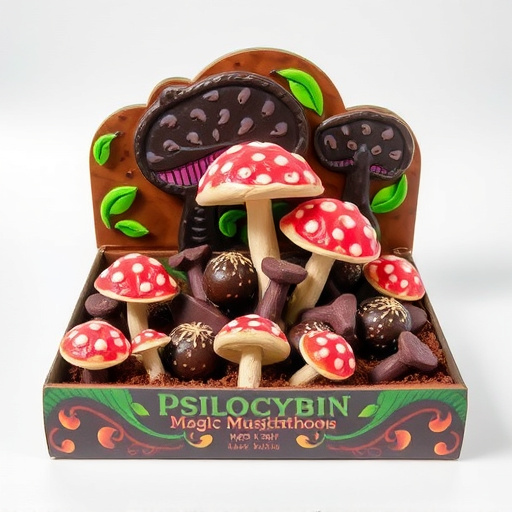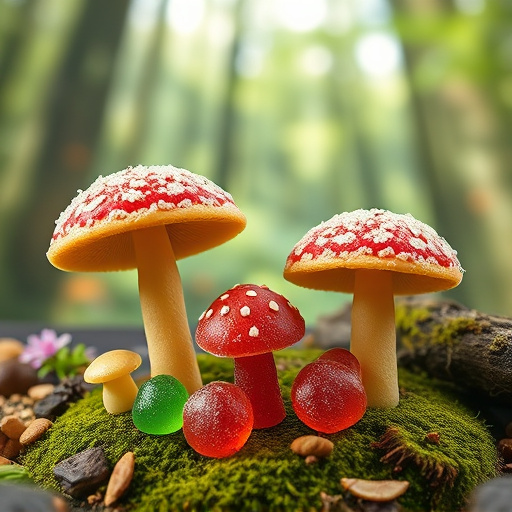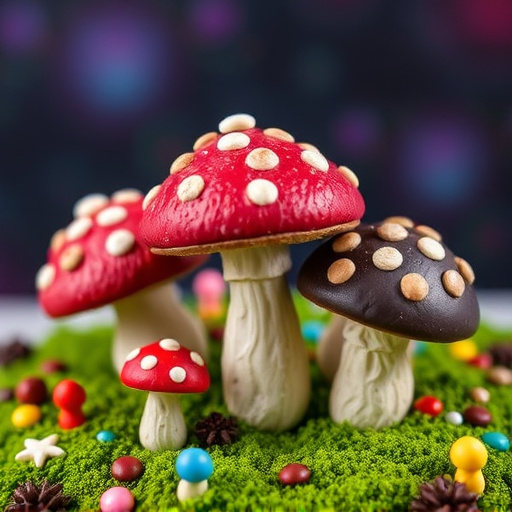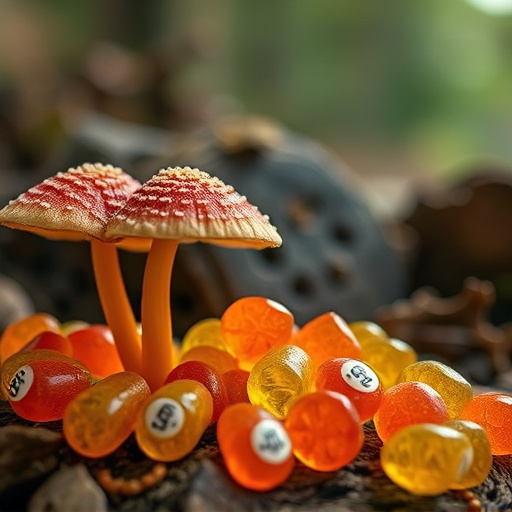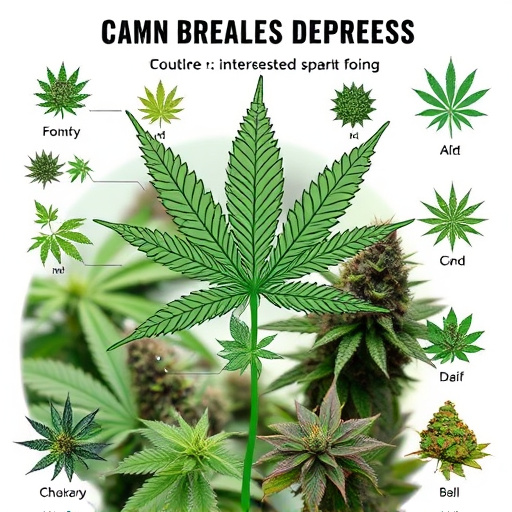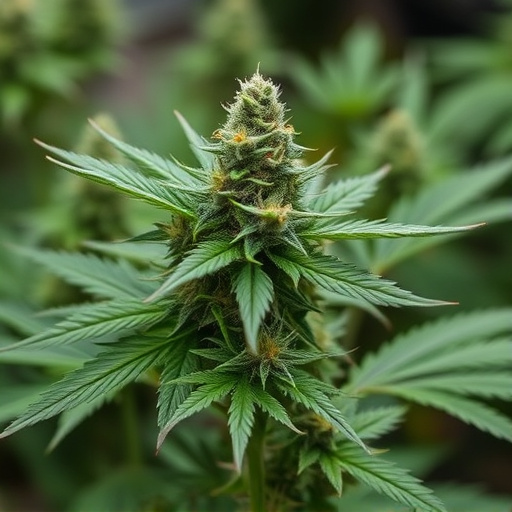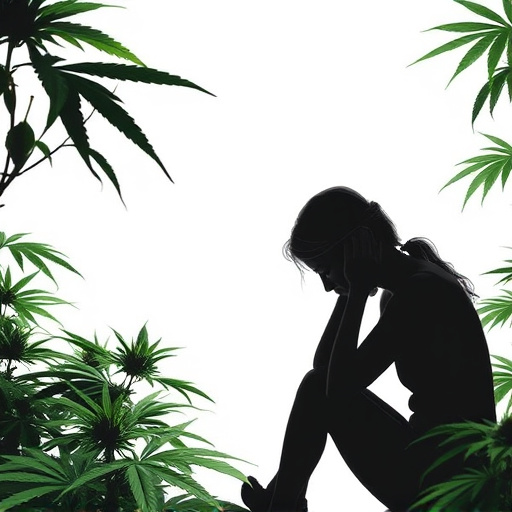Cannabis flowers, crucial for treating depression, maintain potency and flavor through proper storage (cool, dark, dry) lasting 6-12 months. Discard stale or degraded buds lacking essential terpenes and cannabinoids due to mold, mildew, or off-puting odors—potentially harmful effects. Optimize storage conditions, use airtight containers, regularly inspect for spoilage, and sanitize equipment to preserve therapeutic cannabis strains for depression.
Tired of trying out cannabis strains for depression only to be disappointed by their potency and effect? Ensure you’re getting the best quality with our guide on identifying bad cannabis flowers. We’ll walk you through understanding shelf life, recognizing visual and olfactory signs of spoilage, and common causes of degradation to help you make informed choices. Stay sharp, know what to look for, and unlock the full potential of your cannabis strains.
- Understanding Cannabis Flower Quality and Shelf Life
- Visual and Olfactory Signs of Spoilage
- Common Causes of Cannabis Degradation and Prevention Tips
Understanding Cannabis Flower Quality and Shelf Life
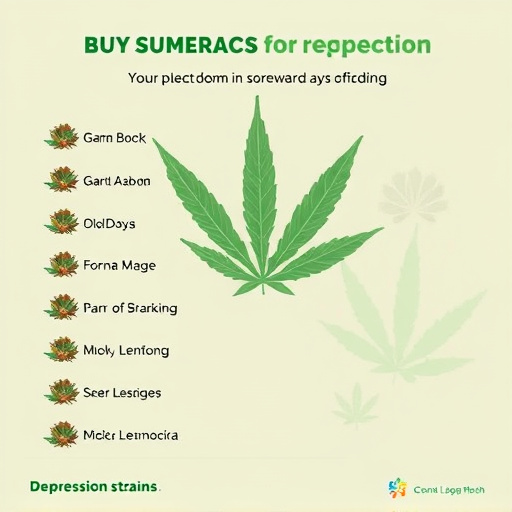
Cannabis flowers, also known as buds or nugs, are a popular way to consume cannabis for their potent effects and diverse flavors. However, understanding the quality and shelf life of these flowers is essential, especially when considering their therapeutic benefits for conditions like depression. High-quality cannabis should appear dense, sticky, and have a strong, pleasant aroma—a telltale sign of its freshness. The color and texture of the buds can vary between strains but generally remain consistent throughout their optimal shelf life.
Shelf life plays a significant role in determining the effectiveness and safety of cannabis for treating depression or other conditions. While many sources suggest a general range of 6-12 months, several factors can influence this duration. Proper storage, including maintaining a cool and dark environment, can extend the life of your cannabis flowers. Knowing when to discard them is equally crucial; stale or degraded buds may still have residual THC but often lack the beneficial terpenes and cannabinoids that contribute to their therapeutic effects in cannabis strains for depression.
Visual and Olfactory Signs of Spoilage
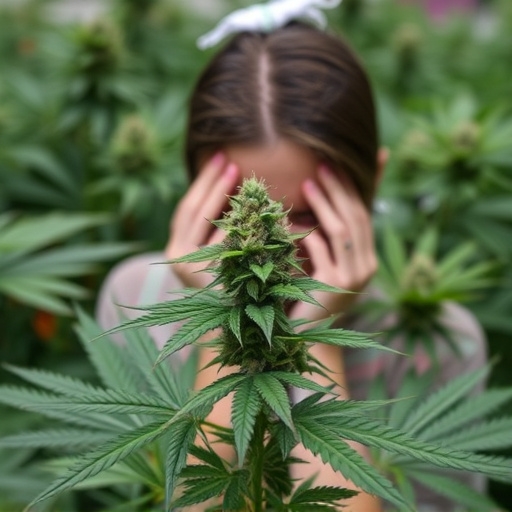
The visual and olfactory cues are often the first signs that your cannabis flower may have gone bad, especially if stored improperly. Look out for any mold or mildew growth on the buds—this is a clear indication of spoilage and can be particularly harmful to consume as it not only alters the taste but also poses potential health risks. Mold often appears as discolored spots, which might be white, black, or even yellow.
In terms of scent, cannabis flowers should have a rich, earthy aroma that’s distinct to each strain. If you notice an off-puttinng, foul smell or a significant change in fragrance, it could be a sign the buds are no longer viable. This is especially important for those using cannabis for medical purposes, such as those seeking relief from depression, as spoilt flower may not only be ineffective but also potentially damaging to overall health.
Common Causes of Cannabis Degradation and Prevention Tips

Cannabis degradation can occur due to several factors, leading to a loss of potency and quality. One of the primary causes is improper storage conditions, such as exposure to excessive heat, light, or moisture. These environmental factors can accelerate the aging process, causing the cannabinoids in the flowers to break down over time. Another common issue is contamination during harvesting or handling, which can introduce molds, bacteria, or yeast that degrade the plant material.
To prevent cannabis strains for depression and other therapeutic benefits from going bad, it’s essential to maintain optimal storage conditions. Keep your supplies in a cool, dark place with consistent humidity levels. Use airtight containers to protect against moisture and pests. Regularly inspect your cannabis flowers for any signs of mold or unusual odors, as these are indicators of degradation. Additionally, proper cleaning and sanitization of harvesting equipment can significantly reduce the risk of contamination.
When it comes to using cannabis for medicinal purposes, such as managing symptoms of depression, ensuring the quality and freshness of your flowers is paramount. By being vigilant about potential spoilage through visual and olfactory cues, and by adopting preventive measures like proper storage, you can maximize both the effectiveness and safety of your cannabis strains for depression. Staying informed about the shelf life and degradation causes allows consumers to make informed choices, ensuring they receive the best possible relief from their chosen treatment.
